This is the most remote and the most mystical of all islands on Earth. It is known by many names. Most often in English it is known as Easter Island. This name has equivalents in other languages like Isla de Pascua in Spanish, which actually is the official name of this island. Local people and also Polynesians from todays French Polynesia call this island Rapa Nui (Great Rapa). The name was given by Tahitians that traveled with European explorers in the 19th century. Some archeologists suggest that the old name was Te Pito O Te Henua meaning "the navel of the world". Nobody knows the real original name for sure. It seems to be forgotten if it has ever existed. As there was no contact with other islands for centuries it is possible that no name was used. There was simply no need to distinguish this island from other places on the globe.
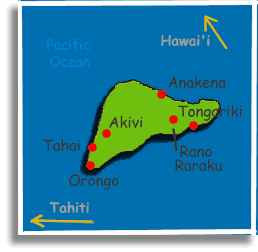
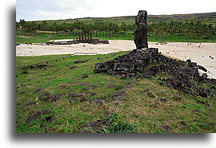
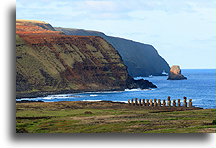
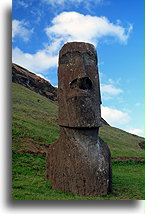
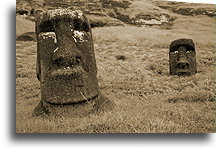
Easter Island is famous for its giant stone statues in human forms called moai. Relatively primitive culture was able to produce roughly 900 of them, carved and raised without usage of metal tools. We are still not sure why so many monoliths were carved and moved to the sacred platforms scattered around the whole island? Why so many of them remain unfinished and abandoned at the quarry? Why most of the statues on the platforms look inland? Why all the moai were finally toppled?
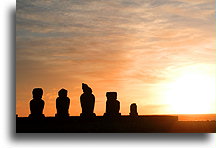
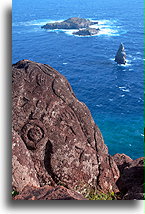
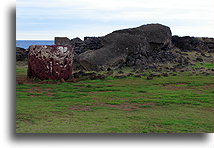
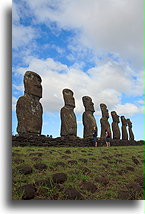
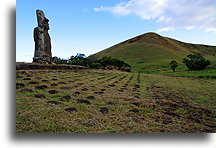
The destruction of moai started in the 17th century. As the result of the military coup or civil war the rival clans abandoned carving statues and started throwing the ones that were already on the platforms. moai were often toppled face down, a way that would cause them to break. The island went through dramatic social and religious changes. A new cult replaced the Moai Culture. Centered at Orongo, this new religion developed its own styles in art, expressed in wood and rock carvings.
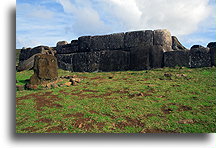
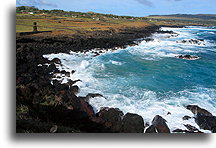
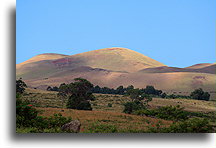
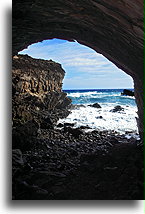
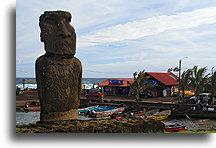
Rapa Nui (Easter Island) is the anomaly of the Polynesian region. The aboriginal population decimated by European introduced diseases in the second half of the nineteenth century disappeared. Slavery also contributed to this. Chile annexed the island in 1888. Little remains of Easter Island’s original culture. All the people speak Spanish here. Today, this is the only Polynesian Island controlled by South American country.
audiovisual presentation
Easter Island: the fall of civilization
duration: 3:10
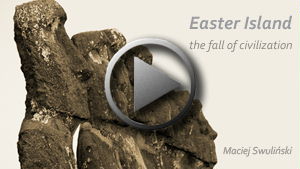
Easter Island Bibliography:
Barbour, Jeff. Ritual of Stone.
Chauvet, Stéphen-Charles. Easter Island and Its Mysteries.
Diamond, Jared. Collapse.
Flenley, John and Bahn, Paul G. The Enigmas of Easter Island.




